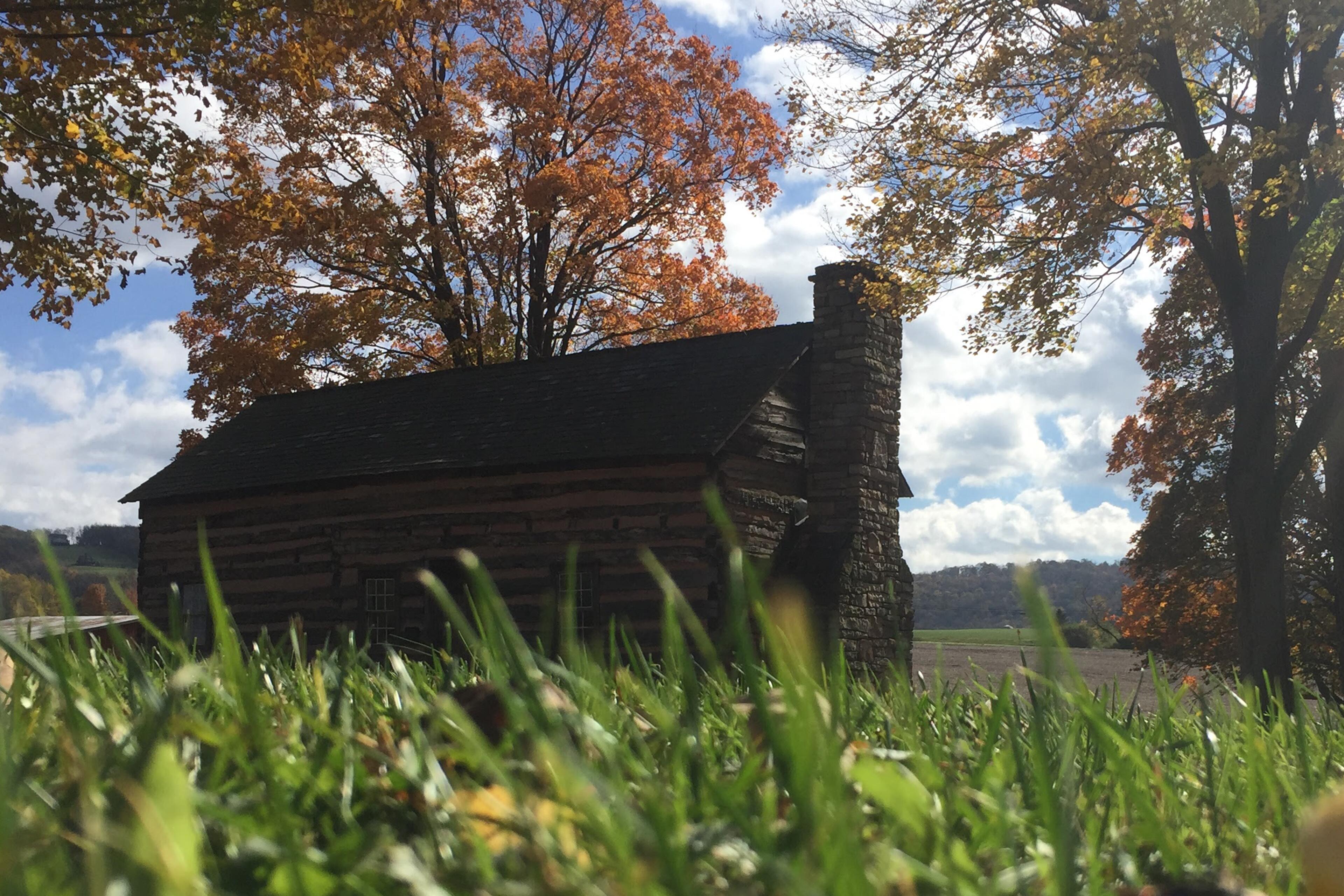General
Development may not occur in the floodplain where alternative locations exist due to the inherent hazards and risks involved. Before a permit is issued, the applicant shall demonstrate that new structures cannot be locate out of the floodplain and that encroachment onto the floodplain are minimized.
Residential Structures
All new or substantially improved residential structures, including manufactured homes, shall have the Document lowest floor (18.99 KB) elevated to or above the flood protection elevation. Basements are not permitted. The elevation of the lowest floor shall be certified by a registered surveyor or professional engineer on the elevation certificate, after the lowest floor is in place. Enclosures below the flood protection elevation must be constructed with water equalizing vents to meet the specification of §151.086 of the Document Garrett County Floodplain Management Ordinance (3 MB) . Improvements which are less than substantial shall be constructed to minimize damage during flooding or shall be elevated to the greatest extent possible.
Nonresidential Structures
All new or substantially improved nonresidential structures shall either be elevated as set forth above for residential structures or shall be flood proofed. Flood proofing designs must insure that areas below the flood protection elevation are watertight with walls substantially impermeable to the passage of water and with structural components capable of resisting hydrostatic and hydrodynamic loads and effects of buoyancy. If the flood proofing option is chosen, a flood proofing certificate must be completed by a registered profession engineer or architect who shall review the design and specifications and certify that the nonresidential structure will meet this standard. State regulations do not allow basements in nonresidential buildings in the nontidal floodplain.
Fill
The placement of more than 600 cubic yards of fill per parcel/lot in the floodplain is prohibited except by variance. Elevating buildings by other methods must be considered unless 600 cubic yards or less of fill are required. An applicant shall demonstrate that fill is the only alternative to raising the building to at least the flood protection elevation, and the amount of fill used will not affect the flood storage capacity or increase flooding onto neighboring properties. A conditional Letter of Map Revision Based on Fill issued by FEMA shall be required before a permit shall be issued by the County. Following completion of the project, a Letter of Map Revision Based on Fill shall be obtained from FEMA.
In the event buildings on adjacent properties are known or determined to be subject to flooding under current conditions, the local permitting official may require submission of hydrologic and hydraulic analyses to adequately demonstrate the effects of the proposed fill. The requirements described in §151.092 of the Document Garrett County Floodplain Management Ordinance (3 MB) must be met whenever fill is used.
Subdivision Requirements
- All such proposals are consistent with the need to minimize flood damage;
- All necessary permits have been received from the MDE and appropriate Federal agencies;
- All public and private utilities and facilities (including sewer, water, telephone, electric, gas, and the like) are located, constructed and flood proofed to minimize or eliminate flood damage;
- Adequate drainage is provided to reduce exposure to food hazards;
- At least 1 access which, during the 100-year flood, shall provide safe vehicular access to and egress from the subdivision and/or new development; and
- Adequate measures have been taken to minimize adverse environmental impacts of the proposed development.




